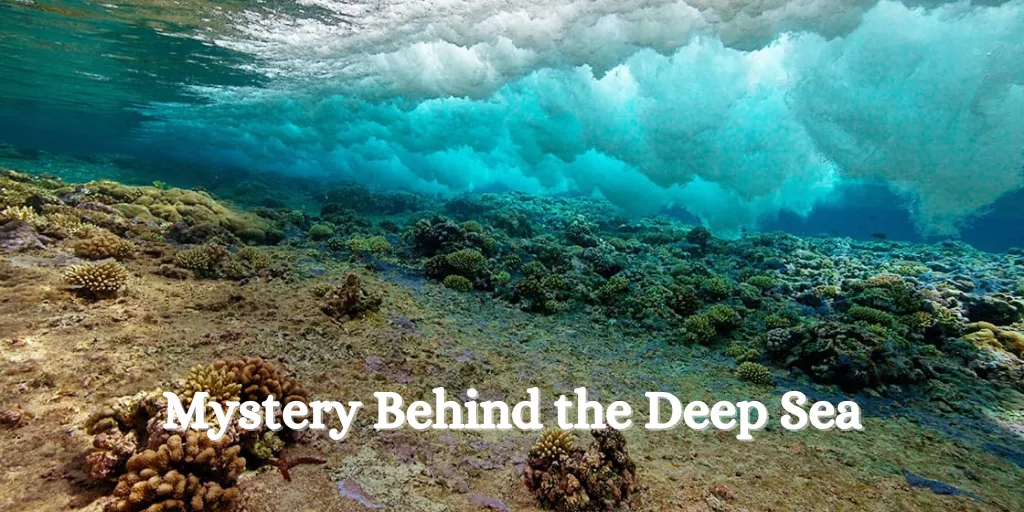The deep sea is one of the most intriguing and underexplored locations on Earth. Despite covering more than 60% of our world, humans have explored less than 5% in detail. Let’s look into the mystery behind it.
1. The unknown depths

The deep water begins approximately 200 meters (656 feet) beneath the surface, where sunlight can no longer penetrate. It then extends to the abyssal zone (about 6,000 meters) and deeper to the hadal zone, which comprises ocean trenches, some of which plunge more than 11,000 meters (such as the Mariana Trench).
At these depths:
- Pressure is over 1,000 times greater than at sea level.
- The temperature is near freezing.
- Light is completely absent.
Yet, life still exists — and thrives.
2. Strange and Unknown Life Forms
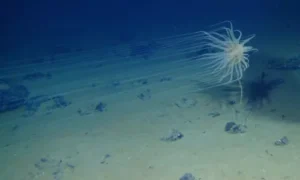
Scientists discover new species almost every time they send a deep-sea submersible.
Some incredible creatures include:
- Giant squid — once thought to be mythical- can grow over 40 feet long.
- Anglerfish — uses a glowing lure to attract prey in total darkness.
- Dumbo octopus — flaps its fins like ears as it glides gracefully.
- Bioluminescent plankton — microscopic organisms that create glowing waves.
These creatures have evolved in complete darkness, surviving under crushing pressure and limited food — proving how adaptable life can be.
3. Hydrothermal Vents: Alien Ecosystems
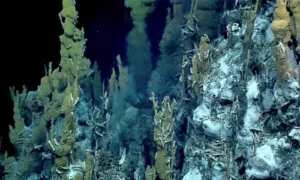
- Scientists discovered hydrothermal vents, fractures in the seafloor through which superheated, mineral-rich water gushes.
- Around these vents, entire ecosystems thrive without sunlight, relying instead on chemosynthesis (bacteria that transform compounds such as hydrogen sulfide into energy).
This discovery altered our understanding of life and sparked the hypothesis that life on Earth may have originated in deep water.
4. Hidden Geological Secrets
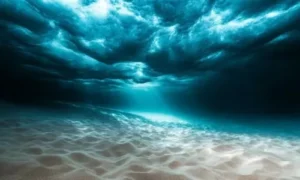
The deep sea holds geological wonders like:
- Underwater volcanoes
- Submarine canyons
- Seamounts (underwater mountains)
- Ancient shipwrecks and lost civilisations (like the possible remains of ancient trade routes)
Much of the Earth’s tectonic activity happens beneath the oceans — shaping continents and triggering earthquakes and tsunamis.
5. The Great Unknown
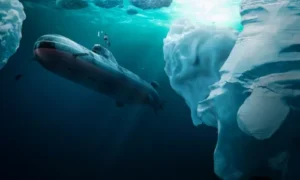
The mystery of the deep sea stems from how little we know about it.
- Over 90% of marine species remain unknown.
- There could be unknown forms of life that are unlike anything found on land.
- Some scientists even research deep-sea ecosystems to prepare for space exploration because they are similar to conditions on moons such as Europa and Enceladus.
The Deep Sea is Earth’s Final Frontier
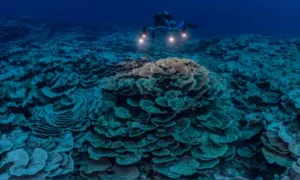
The deep sea is frequently compared to outer space—both are dark, enormous, and full of mysteries waiting to be discovered. Exploring it not only helps us better understand our own planet, but it may also provide information about the origins of life and the possibility of life elsewhere in the universe.
Conclusion
The deep sea is still one of Earth’s greatest frontiers—dark, enormous, and largely unexplored. Beneath the crushing pressure and frigid quiet is a hidden world teeming with odd animals, alien ecosystems, and geological wonders that continue to test our understanding of life and the planet. Every new finding highlights how little we genuinely understand about our own planet. The deep sea is more than just a mystery; it is a reminder that Earth’s greatest secrets are yet to be discovered beneath the waves.


